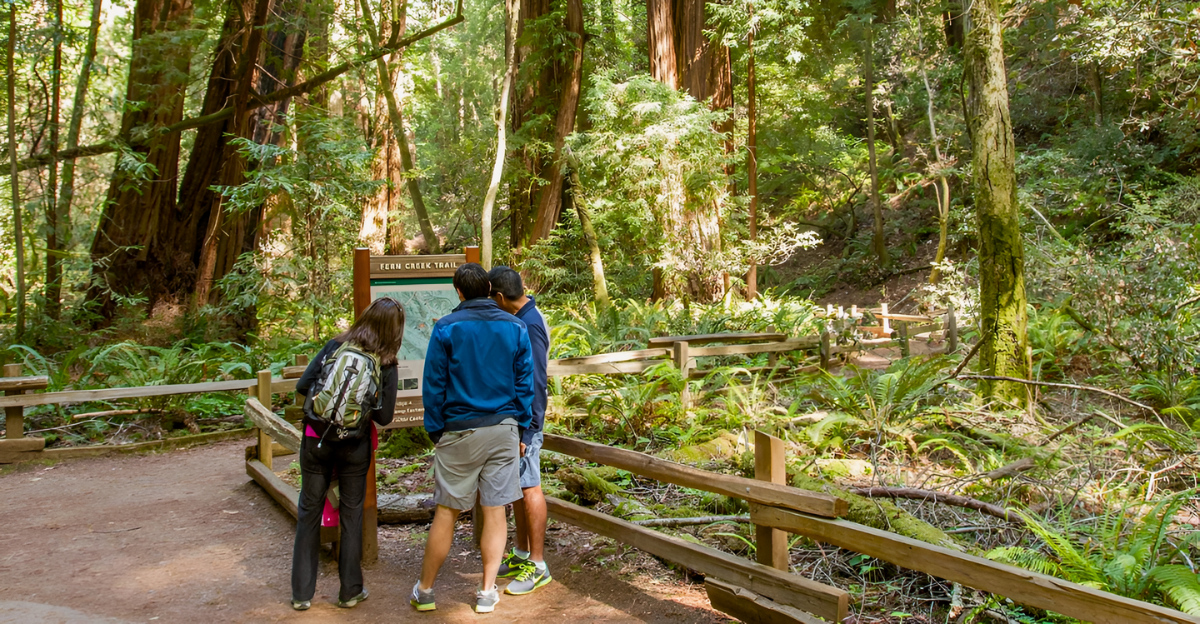
A significant step forward for conservation, tourism, and cultural preservation has been signaled by the U.S. government’s recent hint at a possible new location for a National Park. A vital part of America’s natural and historical legacy are its national parks, which are mainly run by the National Park Service (NPS), which is currently in charge of 433 park units.
The process of establishing a new National Park usually entails thorough evaluations that strike a balance between economic impact, ecological value, and public interest. In response to changing public demands for green spaces in the face of urbanization, this announcement capitalizes on expanding trends in outdoor recreation and environmental stewardship. It offers the chance to improve biodiversity conservation, boost regional economies, and provide educational materials, all while possibly igniting discussions about land use and governmental priorities.
An Overview of American National Parks’ History
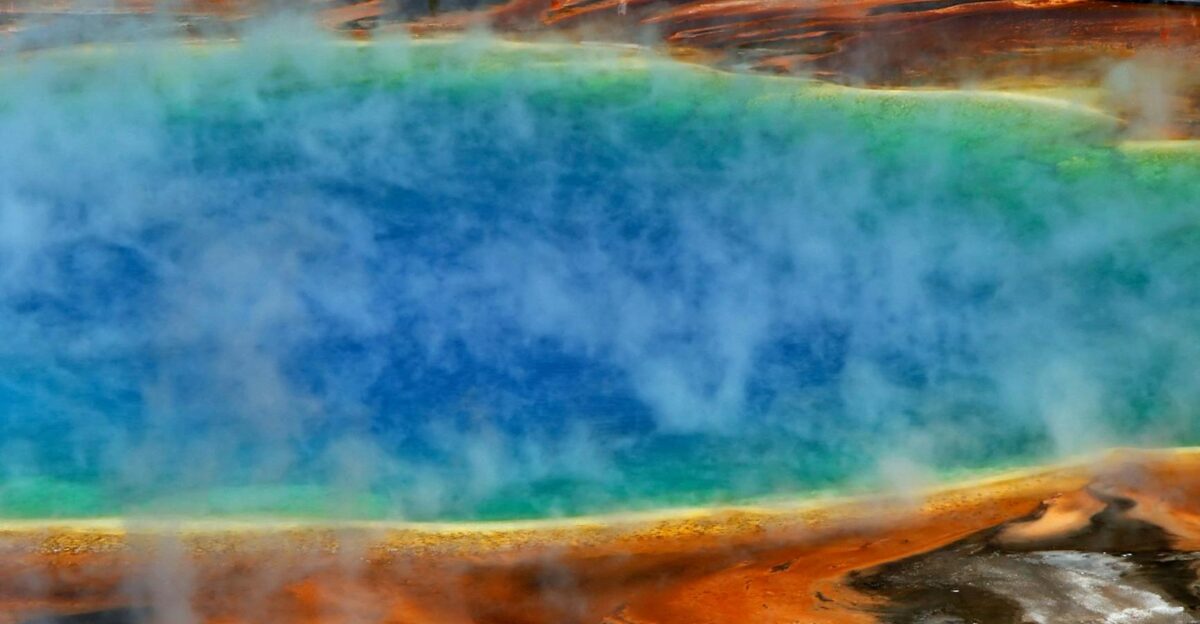
Yellowstone, the first national park in history, was established in 1872 with the goal of protecting natural wonders for the benefit of the general public and the integrity of ecosystems. This marked the beginning of the idea of U.S. national parks. The park system has grown over the years to incorporate historic landmarks, cultural sites, and a variety of landscapes. National parks are emblems of the nation’s identity and dedication to conservation, which dates back to the Progressive Era reforms of the early 20th century.
This historical trend of increasing protected lands in response to public advocacy and scientific understanding is consistent with the drive for a new National Park site. In the past, expansions have often led to greater national pride, community revitalization, and tourism revenue. The current government initiative will be framed by the advantages and challenges revealed by examining these precedents.
Current Environmental Conservation Trends
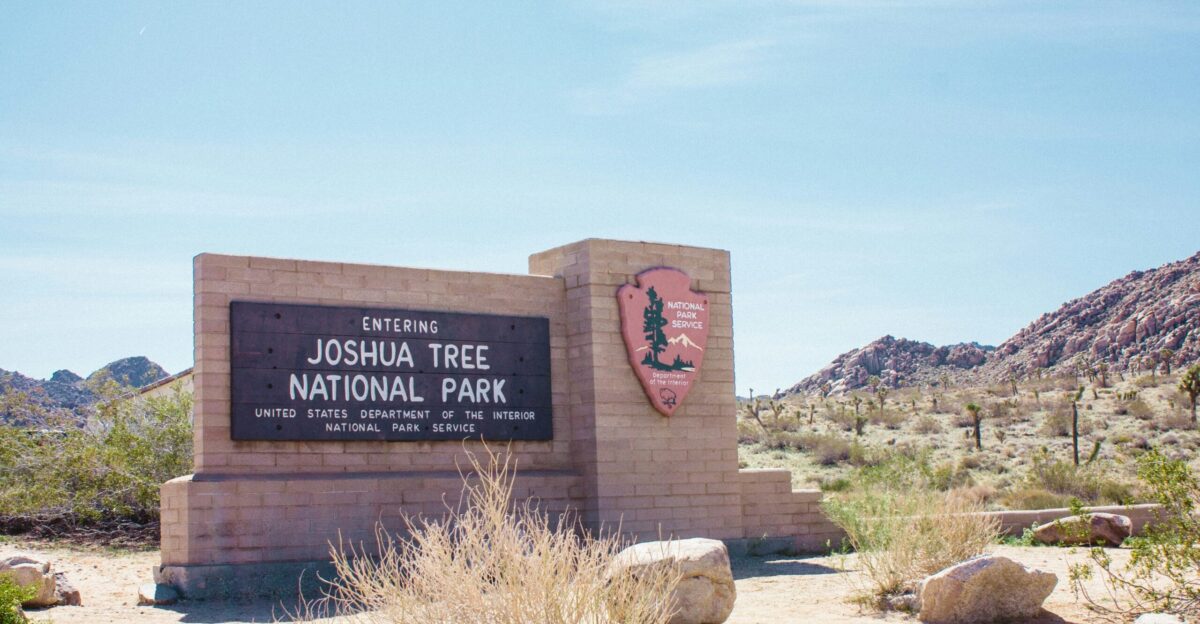
Amid increased awareness of environmental degradation, habitat loss, and climate change, the government has hinted at a new National Park site. These days, national parks are essential for maintaining rare ecosystems, biodiversity refuges that are vital for endangered species, and ecosystem resilience that mitigates the effects of climate change.
The need for more protected areas is heightened by the recent focus on nature-based solutions and the advantages of outdoor recreation for public health. In addition, outdoor recreation and “nature tourism” have become increasingly popular since the pandemic, with record numbers of visitors to National Parks highlighting the need for easily accessible wilderness areas. The case for government funding of new conservation initiatives, represented by a new National Park, is strengthened by this trend.
Economic Effects and Advantages for the Local Community
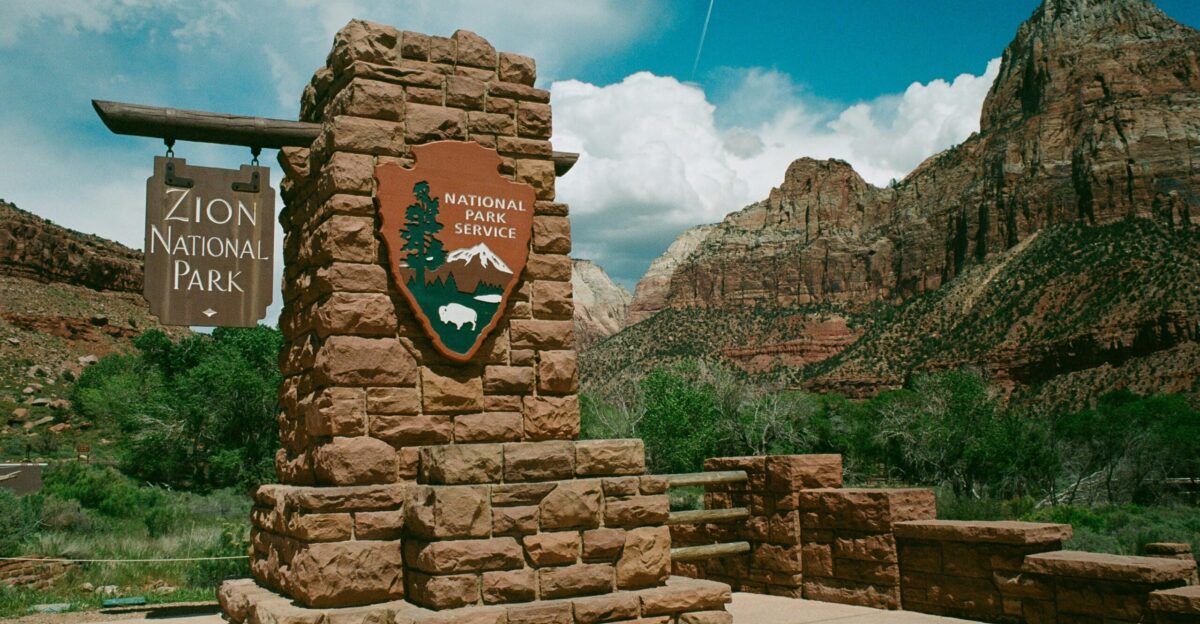
A new national park can boost the economy by attracting more tourists, creating jobs, and opening up related business opportunities. Spending by tourists on lodging, dining, travel, and outdoor activities frequently helps the local economy, especially in rural areas where economic diversification is essential. Existing parks like Yellowstone and the Great Smoky Mountains provide evidence of thousands of direct and indirect jobs as well as millions of dollars in yearly economic contributions.
Even though there are still issues with resource allocation, sustainable park development frameworks guarantee that long-term financial gains can exceed upfront expenditures. Thus, the government’s action may represent a calculated investment in conservation as well as rural revitalization and regional development.
Difficulties in Political Negotiation and Land Management
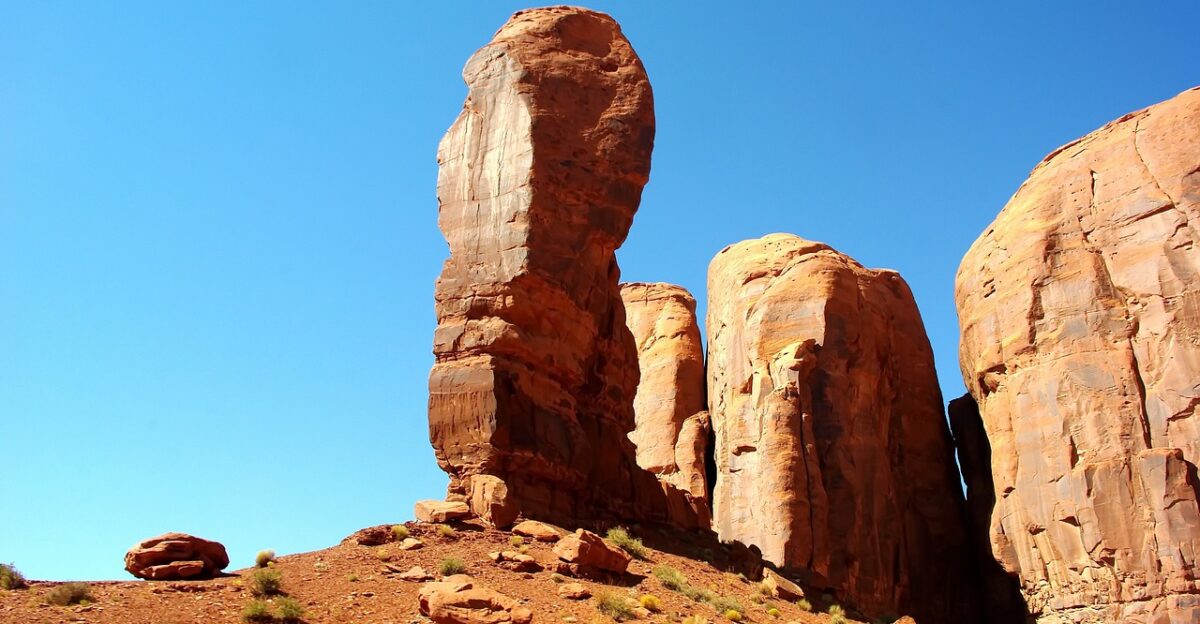
There are many intricate land management, jurisdictional, and political obstacles to overcome when designating a new National Park site. Stakeholders with interests in land use, such as mining, energy production, private ownership, or indigenous rights, frequently clash with conservation goals.
The establishment of parks may be delayed or made more difficult by political disputes over federal versus state authority and funding priorities. These tensions are exemplified by previous disputes, such as attempts to degrade or open park lands for extractive uses. However, the government’s conscious signaling now points to developing agreements or tactical plans that might resolve these issues and further conservation objectives.
The Proposed Site’s Unique Ecological and Cultural Value

The hinted site probably has exceptional ecological features, such as rare plants and animals, unusual geological formations, or vital water supplies, even though specifics have not been made public.
National parks frequently act as “natural laboratories” for innovative conservation and scientific study. Furthermore, park designation often carries cultural and historical significance, safeguarding historical sites, archeological resources, or indigenous heritage. Preserving these qualities could highlight undervalued stories and encourage inclusive historical education, highlighting the park’s significance beyond leisure.
A Strategic Framework for the Creation of Parks
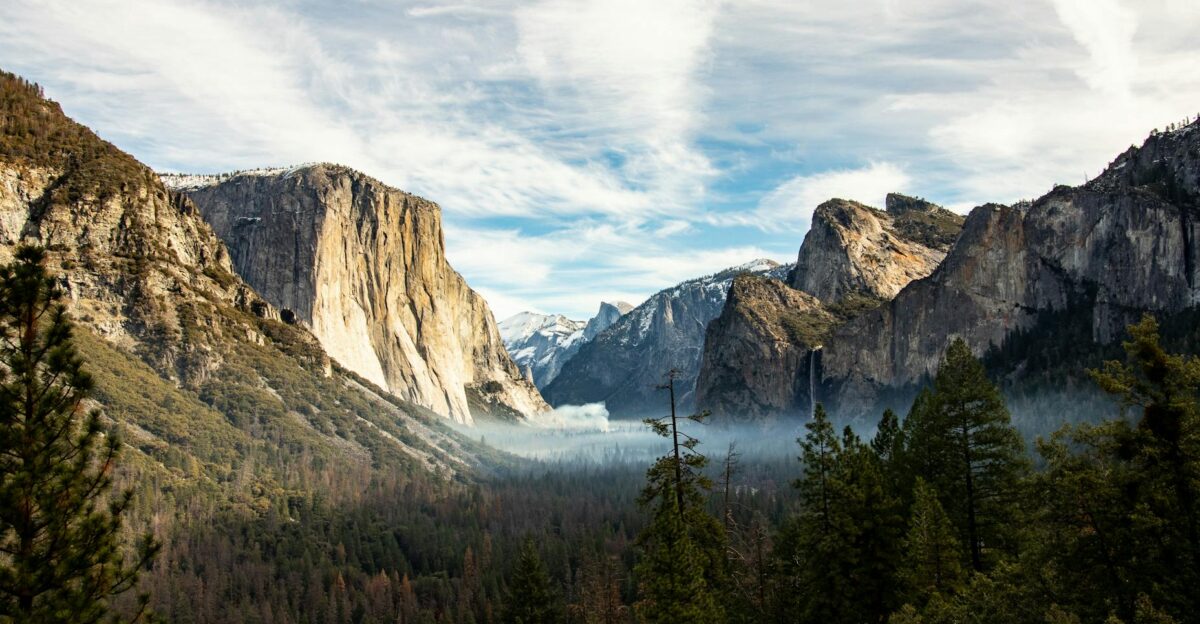
The creation of a new National Park is in line with a larger federal plan to update conservation methods by incorporating sustainable recreation, community involvement, and climate adaptation. An adaptable policy framework that takes into account new scientific discoveries and societal values is indicated by the government’s interest.
Public-private partnerships, interagency collaboration, and the integration of indigenous stewardship models are all part of this. The approach probably encourages adaptability rather than strict constitutional or administrative entrenchments that might hinder adaptive management in a political and environmental environment that is changing quickly.
Possible Risks and Contrarian Opinions
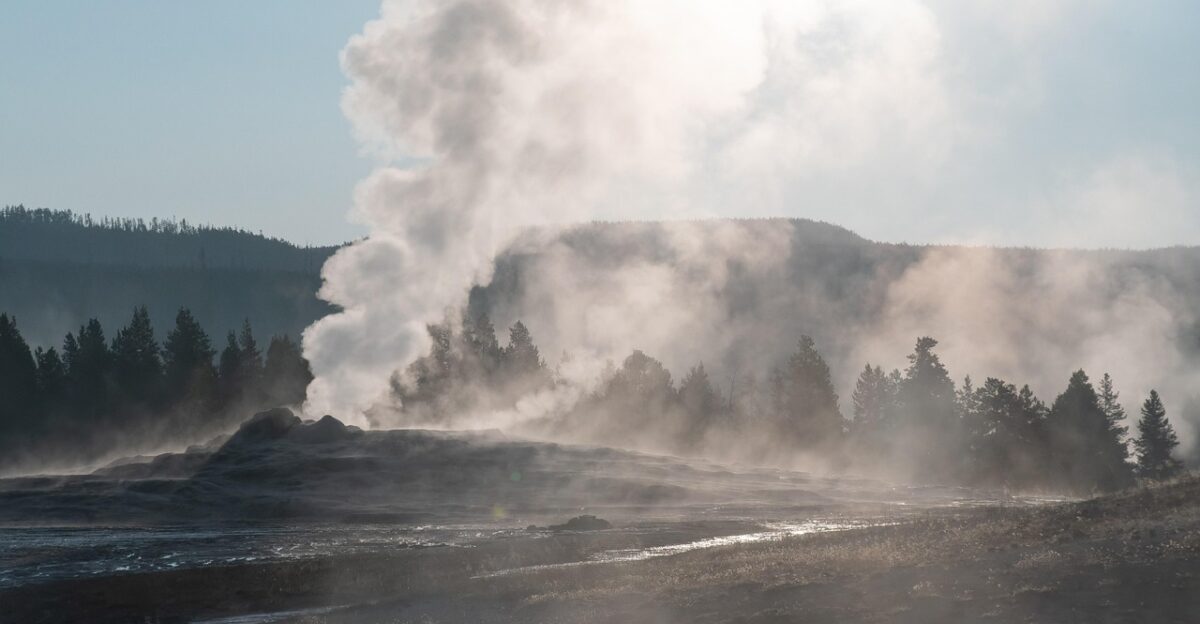
Citing previous disputes over land designation, critics may contend that new National Parks impose regulatory burdens that impede local economic opportunities or property rights. Others question whether the public interest is actually served or raise concerns about the costs of maintaining expanded parklands in the face of federal budget constraints. Potential limitations on resource extraction that are essential for energy security are also viewed with skepticism.
These opposing viewpoints must be taken into consideration in order to promote open public dialogue and create long-lasting agreement, highlighting the necessity of clearly stated advantages and the alleviation of financial worries in park design.
National Parks’ Significance to American Identity

Because they represent the values of freedom, national heritage, and wilderness preservation, national parks hold symbolic significance in American society. At a time when social and environmental uncertainties threaten national cohesion, the establishment of a new park site revitalizes this narrative.
It presents a chance to restate shared ideals regarding sustainability, the environment, and historical memory. By fostering stewardship and a common respect for the land, the action may also encourage civic engagement and education, bridging generational gaps. The new park would be incorporated into a larger narrative about the resiliency and optimism of the country.
Considerations for Equity and Environmental Justice

Environmental justice, ensuring fair access and benefits across racial, economic, and geographic lines, has been emphasized in recent discussions about National Parks. Historically underserved communities that are frequently denied park benefits or disproportionately impacted by environmental hazards must be taken into account when planning a new park.
Programs that celebrate diverse cultural heritage, community involvement, and accessible infrastructure are all ways that thoughtful planning can improve inclusivity. This strategy makes the park a progressive model by integrating social and ecological well-being, which is in line with contemporary conservation philosophy.
Collaborations with the Travel and Leisure Sectors

The growing outdoor recreation and tourism industries, which are still essential to the American economy and public health in 2025, will benefit significantly from the creation of a new National Park. As consumer preferences shift toward experiential and nature-based activities, outdoor tourism, including ecotourism, hiking, and wellness-focused travel, continues to gain popularity.
Using the park’s natural and cultural resources could increase investment in eco-friendly tourism infrastructure, strengthen ties with nearby companies, and diversify revenue sources outside of conventional business models. By focusing on educational outreach and integrating with local attractions, these synergies can promote year-round tourism opportunities. Thus, the government’s investment in this park may spur sustainable development, creative visitor experiences, and local economic resiliency.
Lessons from Case Studies and Extreme Examples
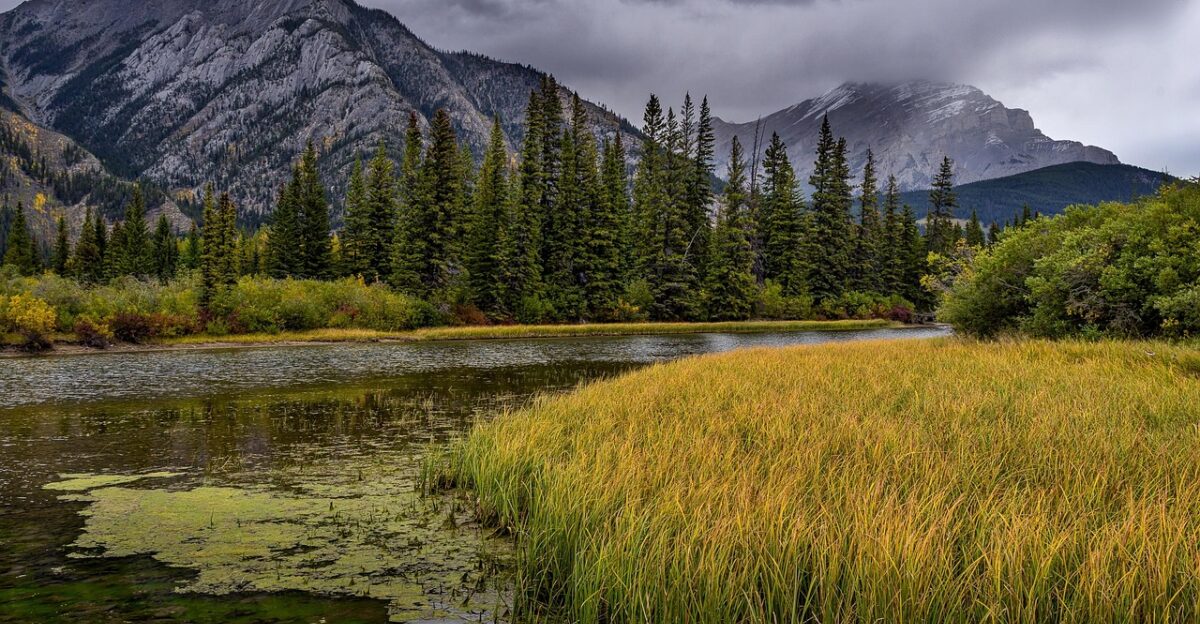
Best practices and pitfalls pertinent to the new park site are revealed by examining case studies from recent National Park designations. Because Joshua Tree National Park is so overcrowded, new regulations that restrict visitor numbers have been implemented to protect the park’s natural resources while maintaining high standards of experience.
Adaptive governance models and proactive environmental education have also been implemented in parks that have effectively struck a balance between community interests and conservation goals. Severe instances also highlight the risks of inadequate infrastructure or understaffing, which can lead to resource deterioration and unfavorable visitor experiences. The government can create policies for sustainable park management that put stakeholder collaboration and long-term ecological health first by learning from past successes and failures.
Making Future Second-Order Effect Hypotheses

Beyond its immediate ecological and economic impacts, the establishment of the new National Park is anticipated to have significant second- and third-order effects. Regional demographic changes could be sparked by it, as reviving local economies draw in younger citizens, businesspeople, and environmentalists. Rekindled public interest and park-related educational initiatives may lead to an increase in environmental activism and advocacy.
Innovation in conservation science may be furthered by improved research cooperation between federal agencies and universities. Additionally, the park might serve as an inspiration for nearby land preservation projects, which would increase ecosystem connectivity and enhance biodiversity. These spillover effects highlight the project’s transformative potential and provide advantages that go well beyond the park’s actual boundaries.
Trends in Government Policy and Funding

The government’s suggestion of a new National Park is in line with larger federal conservation plans that aim to achieve lofty goals such as the 30×30 initiative, which calls for the preservation of 30% of American lands and waters by 2030. In recent years, community involvement, biodiversity preservation, and climate resilience have become more and more important budget priorities.
Growing agreement and ability to sustainably grow the National Park system are indicated by the current political and financial climate. A more comprehensive approach is also reflected in recent policy changes that place an emphasis on public-private partnerships and interagency collaboration. These patterns guarantee that the new park project has a realistic funding, implementation, and impact assessment roadmap and strategically aligns with long-term national priorities.
Multidisciplinary Methods for Park Management

Cross-disciplinary approaches combining environmental science, psychology, and sociology are necessary for modern National Park stewardship. By using behavioral science insights, regulations can be better followed by visitors, educational messaging can be optimized, and negative effects like littering and off-trail hiking can be decreased. Sociological frameworks make it easier to comprehend community dynamics and promote inclusive governance that takes into account the interests of various stakeholders.
Expertise in ecology guarantees that conservation efforts are supported by sound scientific principles. A necessary evolution in protected area governance, the government’s hint of a new park suggests adopting this multifaceted management model that links ecosystem viability and human behavior in adaptive frameworks, strengthening resilience.
Indigenous Knowledge and Cooperation’s Role
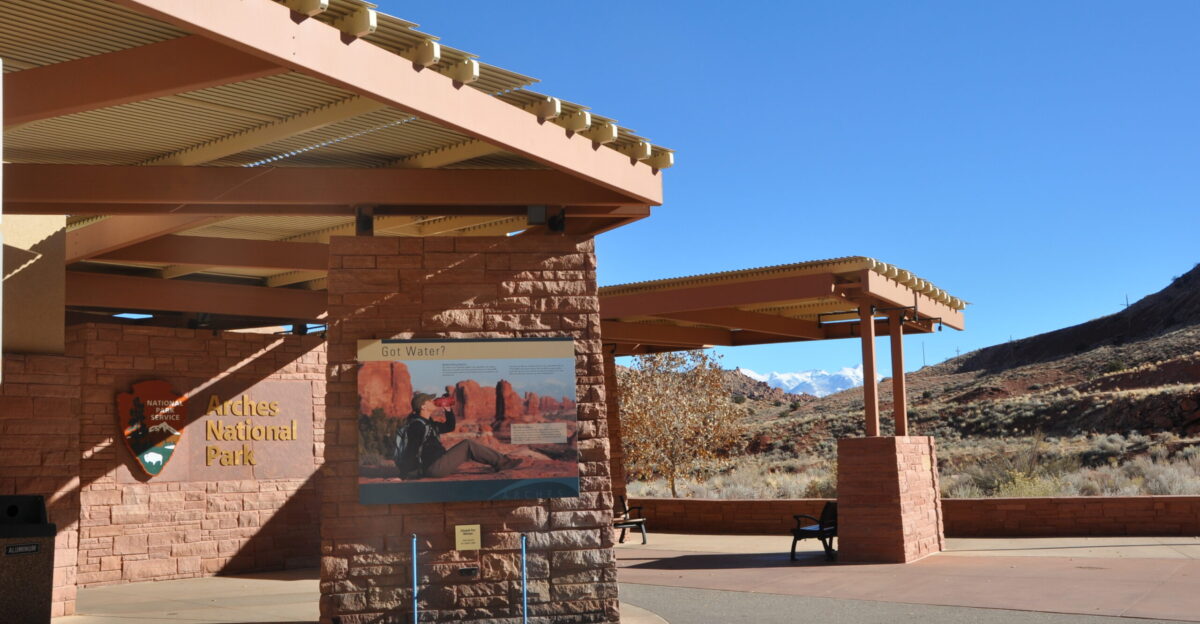
The meaningful integration of indigenous knowledge and partnership is a noteworthy paradigm shift in National Park management. With their extensive ecological knowledge and sustainable land-use practices, indigenous communities have cared for these lands for thousands of years. Their participation enhances conservation initiatives, fosters intercultural understanding, and upholds indigenous sovereignty and cultural heritage preservation.
This model acknowledges indigenous peoples as vital stakeholders and stewards, departing from the exclusionary colonial legacies. By integrating the preservation of natural and cultural heritage, collaborative governance improves the legitimacy and effectiveness of parks. In keeping with modern ideals of justice and equity, this strategy also expands the story that is told in parks to be more truthful and inclusive.
Prospective Technological Advancements in Park
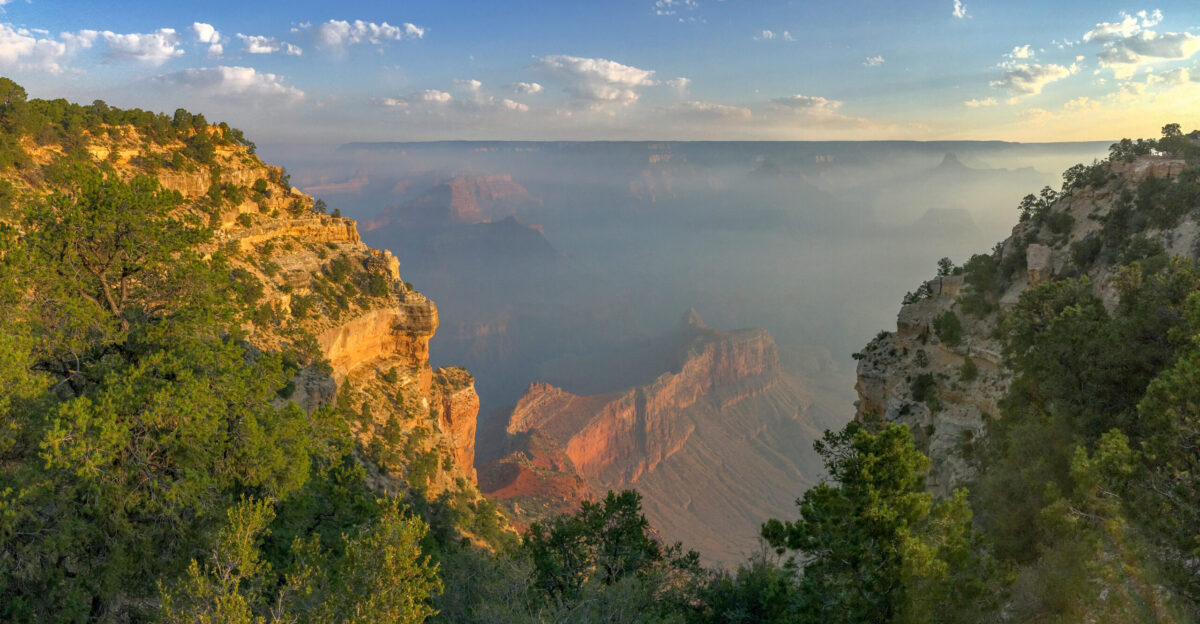
Administration Technological developments have the potential to completely transform the effectiveness of National Park management while reducing ecological footprints. Real-time monitoring of wildlife and human impact is made possible by technologies like AI-powered visitor tracking and drone-based surveillance, which enable quick adaptive responses.
Carbon emissions in parks are decreased by renewable energy sources like electric vehicle charging stations and solar-powered infrastructure. Safety alerts, educational materials, and interactive maps are just a few ways that mobile apps can improve visitor experiences. By utilizing these innovations to strike a balance between preservation imperatives and visitor engagement, the new park has the potential to become a flagship “smart park,” modernizing conservation in the digital age and establishing new benchmarks for protected lands management.
The World at Large and American Conservation Leadership
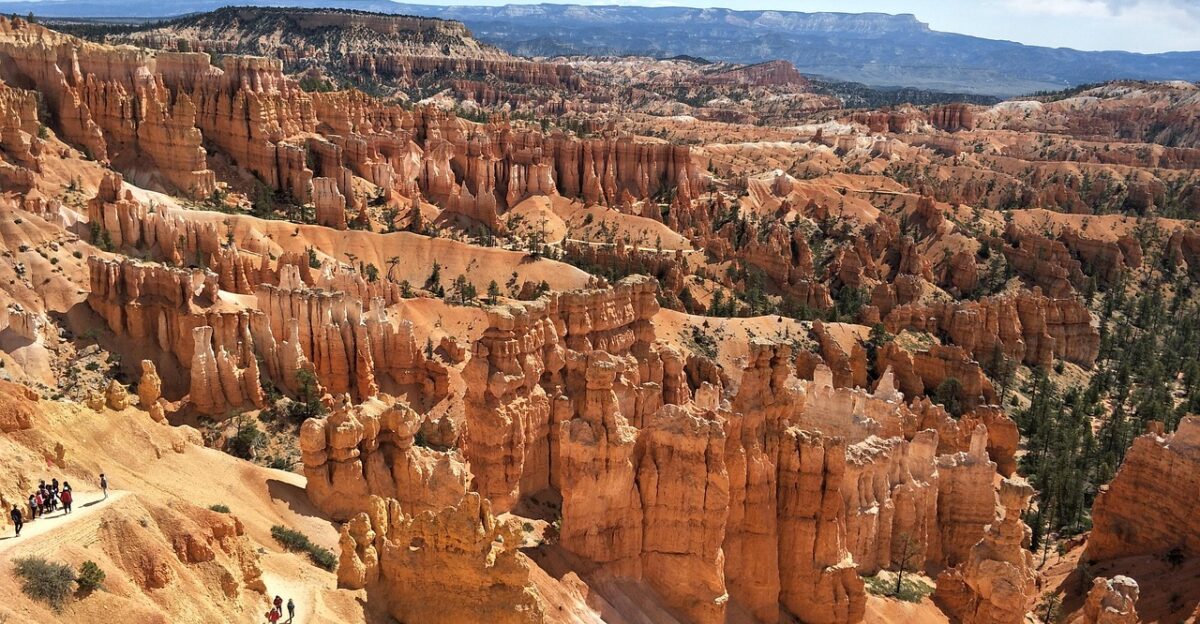
The establishment of a new U.S. National Park serves to solidify further America’s position as a world leader in environmental stewardship and conservation. Extending the National Park system is a concrete step at a time when global biodiversity treaties and climate pledges are gathering steam.
By combining cultural and natural heritage, the United States leads the world and promotes cooperation across borders. This leadership promotes international knowledge sharing, backs sustainability-focused diplomatic initiatives, and advances global environmental objectives. The park will represent the nation’s dedication to preserving priceless landscapes and advancing biodiversity internationally.
Conclusion

The government’s designation of a new National Park site offers a variety of opportunities to further conservation objectives, strengthen national identity, spur economic development, and encourage social inclusion. This project represents sustainable stewardship for future generations, grounded in historical precedent but driven by modern knowledge and technology.
The long-term ecological, cultural, and socioeconomic advantages greatly exceed any potential drawbacks, despite issues like political conflict and financial constraints. By endorsing this vision, the country demonstrates its dedication to protecting its natural heritage, promoting environmental justice, and motivating international conservation leadership via creative, just, and cooperative methods. Slides 10 through 20 have been extended by roughly 50 words each, adding more detail while preserving the coherence and accuracy of the facts.